How to dress babies for a better sleep ?
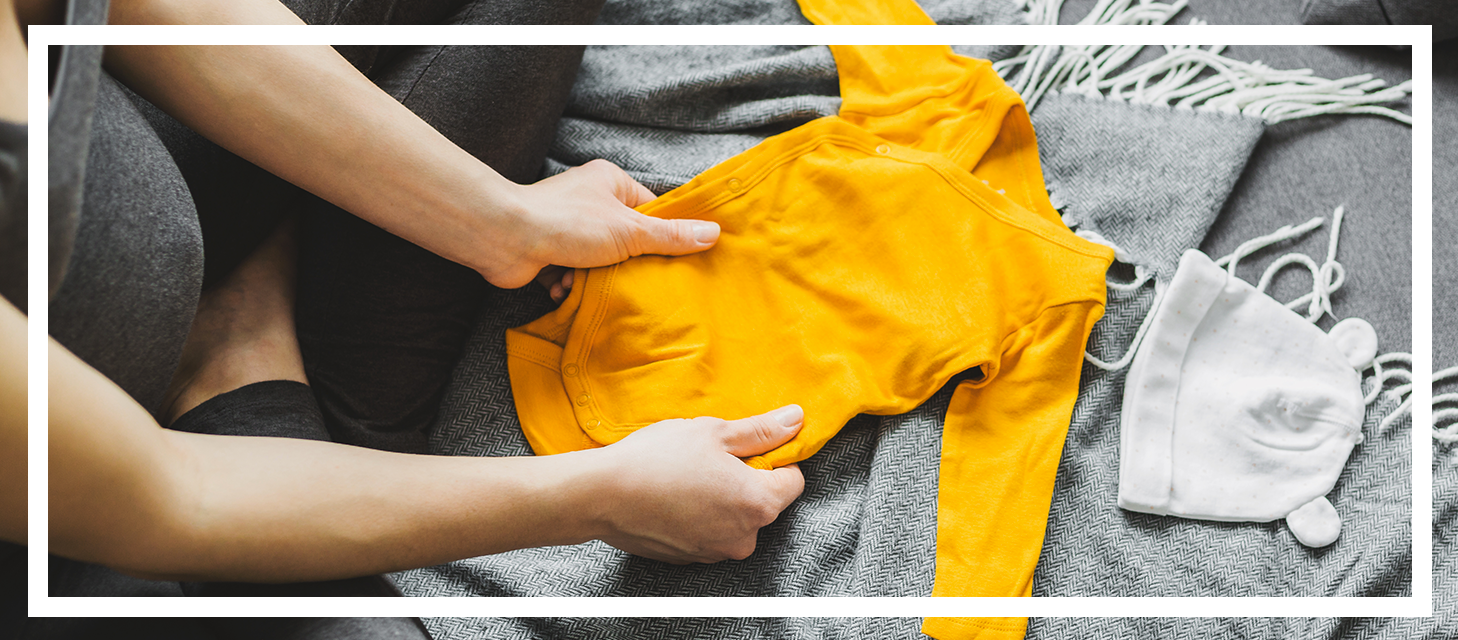
Your baby's sleep is precious—for them and for you.
Yet many parents find themselves asking one key question when it’s time to tuck their little one in: "How should I dress my baby for a safe and comfortable night’s sleep?"
This concern is completely natural. Overdressing your baby can lead to night wakings—or worse, increase the risk of serious issues such as Sudden Infant Death Syndrome (SIDS). On the other hand, if your baby is underdressed, they may wake up frequently feeling cold and uncomfortable, disrupting their sleep—and yours too.
But don’t worry—there are simple, practical solutions to help ensure your baby enjoys peaceful nights.
In this guide, I’ll walk you through exactly how to dress your baby for sleep. By understanding your baby’s unique needs and following a few tried-and-true tips, you’ll feel confident every bedtime.
Take a few minutes to read through—you’ll soon be a pro at bedtime comfort. 😊
How to dress baby for sleep?
Dressing your baby according to the room temperature is key to ensuring their comfort and safety.
Babies—especially in their first months—are particularly sensitive to temperature changes.
Their bodies aren’t yet able to regulate heat efficiently, which means they can quickly become too hot or too cold, leading to discomfort or even health risks.
And of course, safety comes first: poorly chosen sleepwear or using a blanket can increase the risk of suffocation, especially for babies under one year old.
Why choose a bodysuit, sleepsuit, and sleep sack?
Dressing your baby in a bodysuit, a sleepsuit, and a sleep sack is the ideal way to combine comfort, safety, and proper thermal regulation.
Each layer has a specific role to play:
- The bodysuit is the first layer in direct contact with your baby's skin. It helps maintain body temperature while allowing the skin to breathe. Depending on the season, you can opt for long sleeves, short sleeves, or a sleeveless style. Its soft, snug fabric also protects delicate skin from friction and helps prevent irritation.
- The sleepsuit serves as a middle layer, adding warmth suited to the season. Thicker for winter or lightweight for summer, it helps adjust to the room temperature while keeping your baby cozy.
- The sleep sack (or wearable blanket) replaces loose blankets by wrapping your baby evenly, keeping their temperature stable throughout the night. It stays in place, reducing the risk of suffocation from covers that might shift. Along with safety, it creates a cozy cocoon that supports restful sleep.
By combining these three elements, you’re creating a safe, cozy, and temperature-appropriate sleep environment for your little one. 🌙
Why is this combination ideal?
Using a bodysuit, sleepsuit, and sleep sack together helps:
- Ensure optimal temperature regulation: Each layer plays a role in keeping your baby at a steady, comfortable temperature all night long—no matter how much they move.
- Reduce blanket-related risks: Traditional blankets, though tempting, pose real dangers for babies as they can shift and obstruct breathing. A sleep sack stays securely in place while allowing safe freedom of movement.
- Offer maximum comfort: Thanks to soft, breathable materials, this layered combo supports peaceful sleep and helps your baby rest longer.
| 🌡️ Temperature | Sleep Sack | TOG Rating | 👶 Recommended Clothing |
|---|---|---|---|
| 13°C - 16°C | Padded sleep sack | 3 TOG | Long-sleeved bodysuit + thick sleepsuit |
| 16°C - 18°C | Padded sleep sack | 2.5 TOG | Long-sleeved bodysuit + sleepsuit |
| 18°C - 20°C | Padded sleep sack | 2.5 TOG | Short-sleeved bodysuit + sleepsuit |
| 20°C - 22°C | Lightweight sleep sack | 1 TOG | Short-sleeved bodysuit + sleepsuit |
| 22°C - 24°C | Lightweight sleep sack | 1 TOG | Short-sleeved bodysuit |
| 24°C - 27°C | Lightweight sleep sack | 0.5 TOG | Sleeveless bodysuit |
Is it over 27°C? In that case, a sleep sack isn’t necessary.
A light bodysuit and pyjamas are enough. And if you're in a hot climate, it's perfectly fine to let your baby sleep in just a diaper. To help your little one sleep well, make sure to choose the right sleepwear.
Ranging from 1 to 4, a sleep sack is considered lightweight when it’s around 1, and warm when it’s above 2.5.
NOTE: The TOG rating is measured in a lab under very strict testing standards! It’s very hard to judge how warm a sleep sack is just by touching it. A padded sleep sack may feel light but still retain heat extremely well. That’s why it’s important to check the TOG rating when buying a sleep sack. This rating should always be clearly provided by the manufacturer.
This temperature range is perfect for promoting restful sleep while reducing the risk of overheating or feeling too cold.
The main danger is that a blanket can shift during the night and accidentally cover your baby’s face, increasing the risk of suffocation. Thick blankets can also cause overheating, which raises the risk of Sudden Infant Death Syndrome (SIDS).
That’s why it’s best to choose safer alternatives like a sleep sack, which stays securely in place and maintains a consistent temperature while still allowing your baby to move freely. By using proper sleepwear and a sleep sack, you reduce the risks associated with loose blankets and help your baby sleep safely and comfortably.
How can I tell if my baby is too hot or too cold at night?
The best way to monitor your baby’s room temperature is by using a thermometer.
However, every baby is different—and you might not always have a thermometer nearby! Here’s a simple trick to easily check if your baby is at a comfortable temperature:
On the other hand, if their tiny feet or hands feel cold, and their tummy feels cool to the touch too, your baby may need an extra layer.
And don’t forget to pay attention to their behavior! If your baby is fussy, crying, or unusually quiet, it could be a sign that something’s not quite right. Keep an eye on the room temperature to make sure your baby sleeps like a dream!
Common mistakes to avoid:
It’s easy to make mistakes when trying to dress your baby properly for the night. Here are the main ones to avoid to keep your baby safe and comfortable:
Too many layers: Overdressing your baby can cause overheating, which increases the risk of Sudden Infant Death Syndrome (SIDS). Always make sure your baby isn’t too hot or too cold.
Using blankets or duvets: Loose blankets and duvets can shift during sleep and cover your baby’s face, posing a serious suffocation risk. A sleep sack or wearable blanket is a much safer option as it stays in place.
Relying only on hands or feet: A baby’s hands and feet can feel cold even when they’re dressed properly. Instead, check their neck or upper back to get a more accurate sense of their body temperature.
By keeping these tips in mind, you’ll help ensure your baby sleeps safely and comfortably through the night.
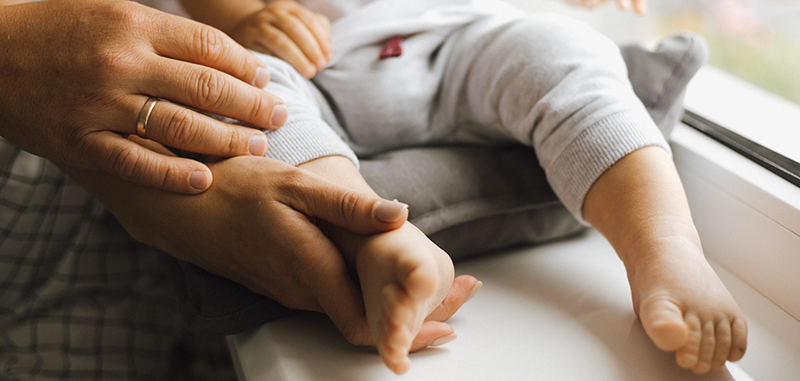
Baby sleepwear: what should your little one wear at night?
If you want to know exactly how to dress baby for sleep, it helps to get familiar with the different types of baby sleepwear available:

Short-Sleeved Bodysuit:
The short-sleeved bodysuit is perfect when temperatures rise! Leaving baby completely undressed isn’t a good idea. This option prevents your baby’s delicate skin from rubbing against the fitted sheet.
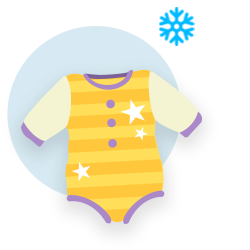
Long-Sleeved Bodysuit:
The long-sleeved bodysuit is best suited for cooler temperatures. It should cover your baby’s tummy and arms properly. A quick tip: choose bodysuits with snap buttons—they’re more practical and comfortable than those that tie around the waist.
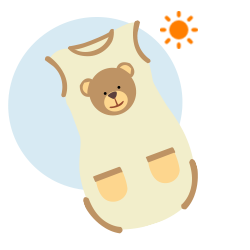
Short-Sleeved Sleep Sack (or Wearable Blanket)
The short-sleeved sleep sack is ideal when the weather is a bit warmer.
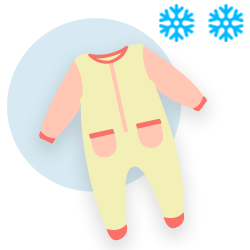
Warm One-Piece Sleepsuit:
In winter, it’s a better choice than a two-piece set, which can ride up as your baby moves around during the night!
What materials are best for baby sleepwear?
Choosing the right fabric for your baby’s sleepwear is key to ensuring comfort and safety throughout the night. Natural materials like cotton, bamboo, or merino wool are ideal—they’re soft, breathable, and help keep your baby’s skin at a comfortable temperature.
These fabrics wick away moisture and provide better thermal regulation, which is especially important to avoid sweating or getting chilled during sleep.
In contrast, it’s best to avoid synthetic fabrics, which can trap heat, cause sweating, and sometimes irritate your baby’s sensitive skin. Choosing breathable, skin-friendly materials is essential for calm, comfortable nights.
How to measure your baby’s room temperature at night
To help your baby fall asleep in the best conditions, it’s important to keep an eye on the room temperature.
Contrary to what you might think, your little one prefers slightly cooler temperatures than adults—as long as they’re dressed appropriately!
A room that’s too warm can actually make it harder for your baby to sleep. In fact, babies are more sensitive to heat than to cold—so be careful not to overdress them.
👉 Your baby’s room temperature should be between 16°C and 20°C. Ideally, aim for 19°C if you can.
There are plenty of room thermometers available to help you monitor this. Some baby monitors even include a feature that alerts you right away if the room temperature goes beyond the safe range recommended by IPAD, the Home Accident Prevention Institute.
Baby sleepwear tips
To dress your baby properly at night, it’s important to follow a few simple guidelines:
- Room temperature matters: Monitor the room temperature carefully. The ideal temperature is 19°C!
- Be mindful of clothing layers: Adjust the number of layers based on the temperature of the room.
- Babies are more sensitive to heat than cold: It’s actually easier for babies to fall asleep when the room is slightly cool.
- In summer, ventilate the room in the morning and evening: To keep the room cool during hot weather, air it out early in the morning and again in the evening—when baby isn’t inside, of course. Keep blinds or curtains closed during the day. And if needed, feel free to temporarily move baby’s crib to a cooler room for more comfort.
To help you choose the right outfit, here’s a quick reference chart for how to dress your baby at night depending on room temperature:
Discover REMI
THE SMART BABY MONITOR 😊
REMI and its app bring together everything you need to manage your baby’s sleep!
Its mission? Helping families sleep better — from birth up to age 10.
I bought REMI for my 4-year-old son who didn’t want to sleep alone anymore after his little sister was born. Thanks to the remote wake-up system and bedtime stories I can play from a distance, the issue is completely resolved! I 100% recommend this purchase!
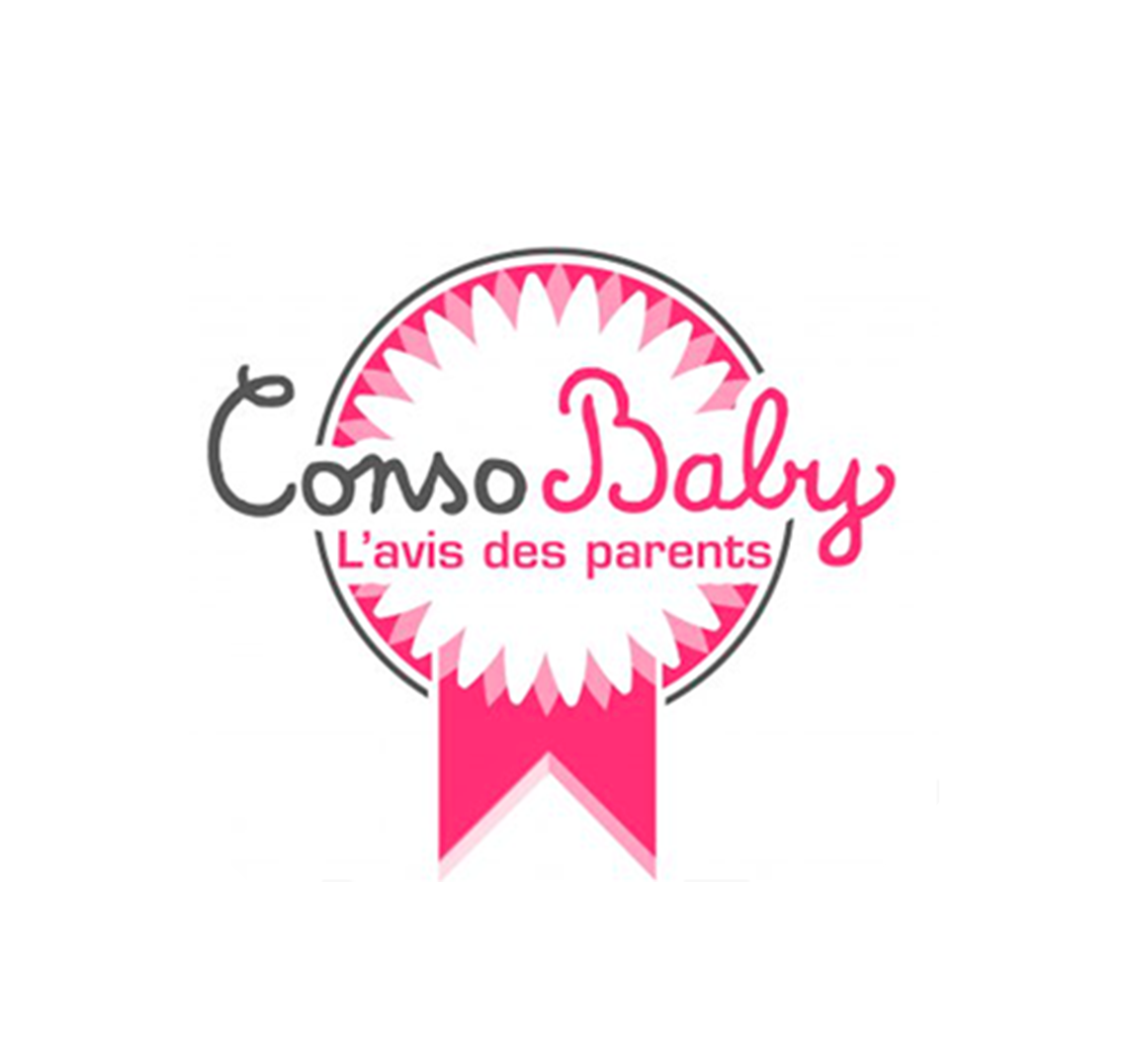
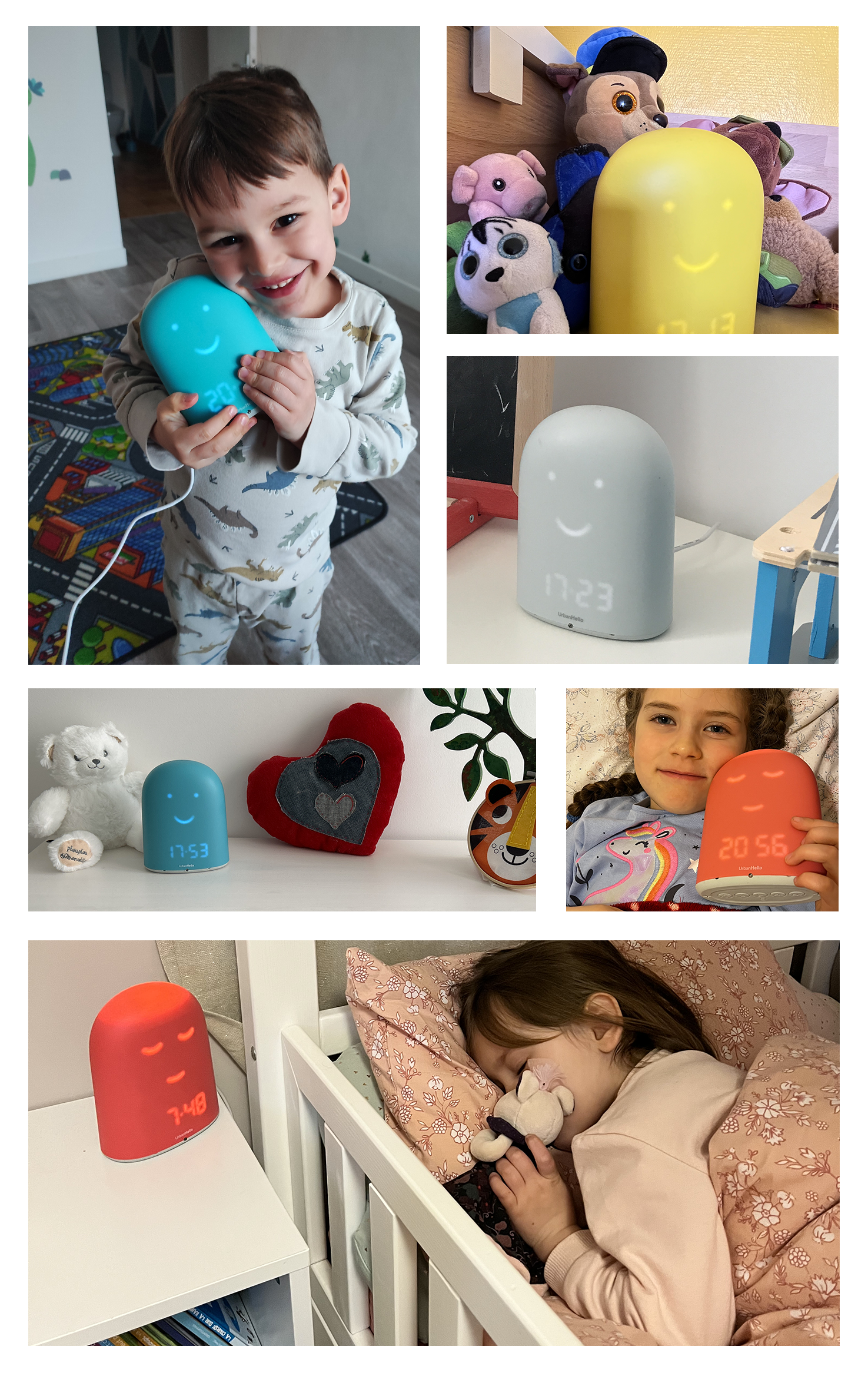




 White noise for baby : a scientific research !
White noise for baby : a scientific research !
 What are the positive effects of napping on memory?
What are the positive effects of napping on memory?
 When do babies sleep through the night ? Tips and tricks !
When do babies sleep through the night ? Tips and tricks !
 Night terrors in babies: don't panic!
Night terrors in babies: don't panic!
 1 Month Old Baby Sleep : Common Questions
1 Month Old Baby Sleep : Common Questions